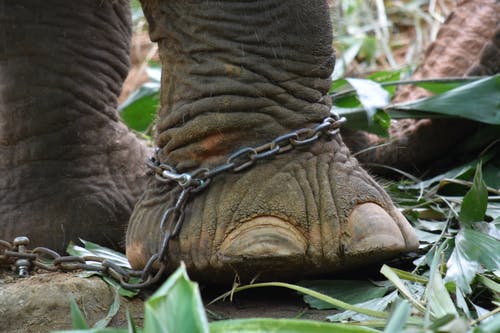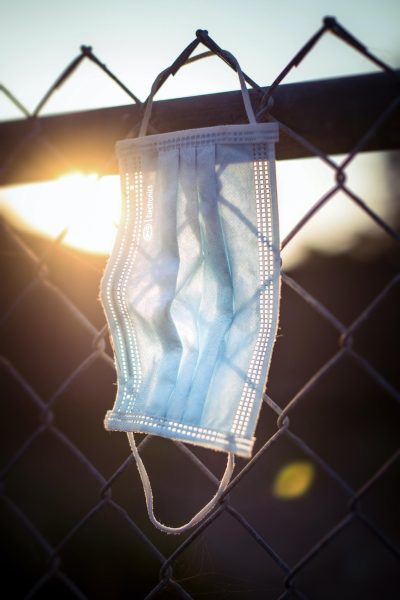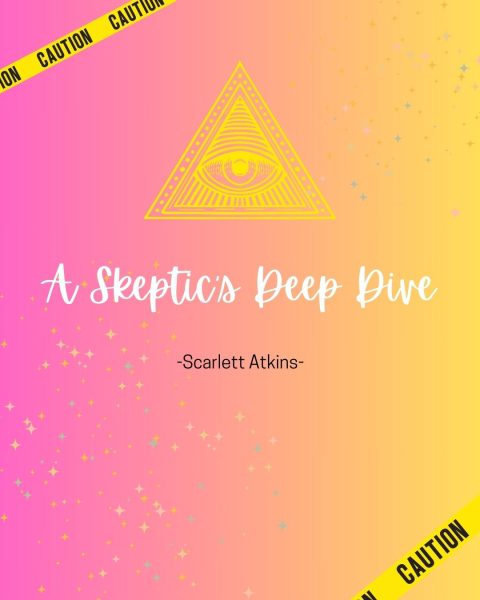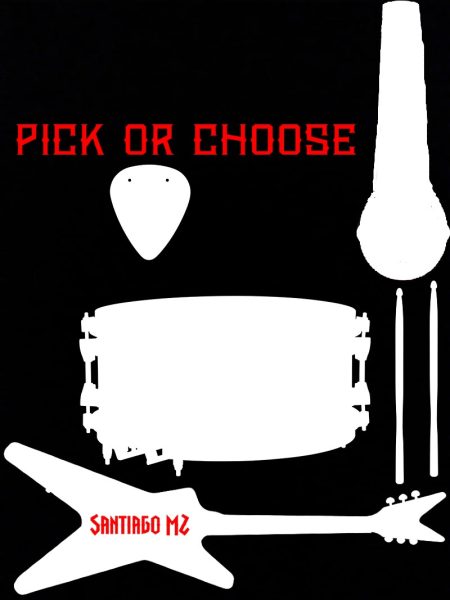The Truth Behind Zoos
Tourists flock to zoos in all parts of the country, fascinated by the exotic animals held behind closed walls. Although it’s interesting to see these animals all in one place, it isn’t morally right. Animals in zoos are often deprived of everything that goes into their identity. Enclosed in such close quarters can be extremely detrimental to their health.
Animals such as tigers have an extreme animal instinct but in captivity, they can’t use this. Unfortunately, the population of tigers in captivity is larger than the wild population of tigers. Deprived of their natural habitat, social structure, and freedom, these animals don’t have the same quality of life as they would in the wild.
Zoos can be advertised as a safe haven for animals, keeping them away from poachers and other threats. For some zoos, this could be true. San Diego Safari Park is working on rehabilitating many different species, including the Northern White Rhino. Unfortunately, for most zoos, this isn’t the case. Only about 18% of captive animals are endangered.
Mental health is a recurring issue with zoo animals. In fact, it’s so common it has developed its own name; Zoochosis. Symptoms of Zoochosis are twisting of the neck, self-mutilation, circling, biting, excessive grooming, vomiting, and coprophagia. Symptoms like this are extremely uncommon in wild animals, and scientists have said it is a sign of severe animal welfare issues.
Unfortunately, there are many sad stories about zoo animals, but these stories don’t get much attention. This could be because zoos try to cover up what happens behind the scenes or society has just adjusted to the cruelty zoos bring upon animals. It’s important that we start listening now to the harm these poor animals face on a daily basis.
Gus, a polar bear at Central Park Zoo, was born in captivity. Despite the fact that Gus has never known life in the wild, he can’t fight his animalistic instincts. Gus started swimming in figure eights in his enclosure for nearly 12 hours a day. His enclosure is obviously a lot smaller than what his world would be in the Arctic. Gus received the nickname “Bipolar Bear” and was given a prescription for Prozac. The swimming receded but never really went away. He died in captivity in 2013, at 27 years old.
In 2014 a giraffe named Marius, only 2 years old, was killed at Copenhagen Zoo. Marius was completely healthy, but because breeding had picked up there was no space for him. Marius was killed with a slaughterhouse bolt gun, February 9th of 2014. The zoo’s scientific director put out a statement about the death saying, “We see this as a positive sign and as insurance that we in the future will have a healthy giraffe population in European zoos.” Marius’ death turned into a public dismemberment. A three-hour-long display of zoo officials butchering the body in front of the public, including many children. After this horrific display, Marius was fed to the lions. On top of this, there were many offers from wildlife parks to take Marius out of the hands of Copenhagen Zoo. All of which were ignored. The zoo claimed there were no alternatives to euthanization because Marius couldn’t be a part of any future breeding process.
Marius’ and Gus’ stories bring up a lot of debatable topics regarding the lives of animals. Overall, it is important to ask ourselves, why do we feel the need to populate these animals only to give them a life they will not enjoy. Keeping populations up seems like good work, but what is the point if those animals are born into and stay in captivity? Captive animals will never live the life they were put on this Earth for. The majority will never know life outside those walls. When did it become morally right to treat living things like a product for our disposal?











